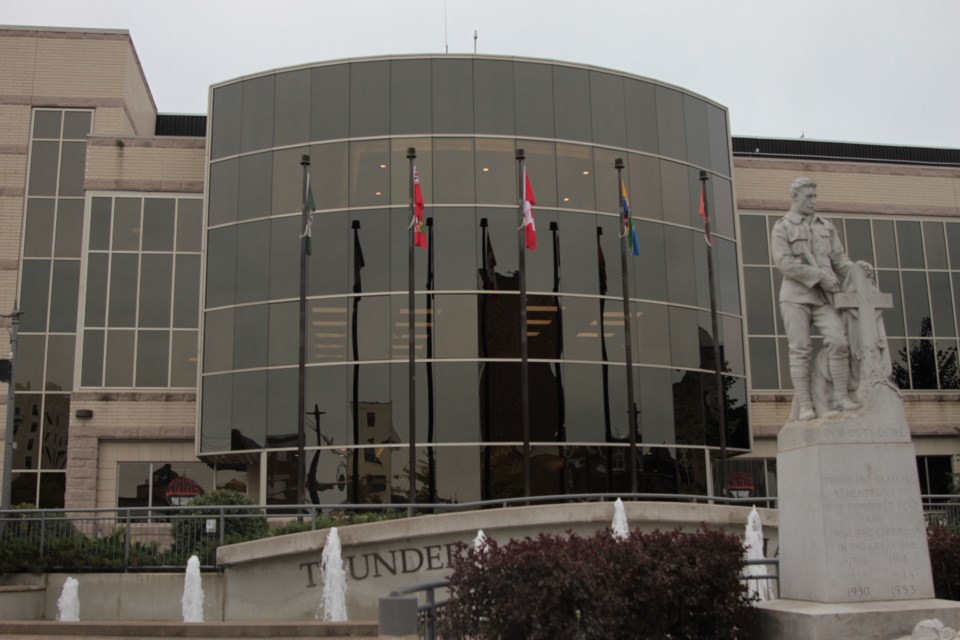THUNDER BAY — City officials are starting to solicit expertise and feedback on what the next local community safety and well-being plan will look like.
Under current provincial legislation, municipalities have to have such plans in place, which are meant to help “address the root causes of crime and complex social issues,” according to planning framework issued by the province in 2021.
Louisa Costanzo, Thunder Bay’s manager of community safety and well-being, said she has been, and will be, presenting to various city standing committees about the need to update the existing one and how the process unfolds.
“It's just mostly discussing some engagement strategies and how we're going to move forward with this plan,” she said, adding that, at this point, they’re also looking to “understand what we've accomplished in the other plan and then, you know, identify gaps and priorities for the new iteration of the plan.”
The Community Safety and Policing Act says the plans are intended to identify risk factors around “systemic discrimination and other social factors that contribute to crime, victimization, addiction, drug overdose and suicide,” prioritize those factors and come up with strategies to deal with them.
The current Thunder Bay safety and well-being plan, which was adopted by city council in 2021, prioritized racism and discrimination, housing and homelessness, mental health and substance misuse, community and gender-based violence, poverty reduction and supports for children, youth and families and identified 15 “targeted outcomes,” along with a wide variety of community partners who can help.
Saying city administration is very much in the “beginning stages,” Costanzo said her presentations are mainly around what’s required legislatively, as well as a high-level overview of what could be included in the updated document. She added that these plans are held by the municipality, but it is the “community’s community safety and well-being plan.”
At this point, she said it’s about reengaging community partners, such as those in social service, business and other sectors. “So, (we’re) just looking at how to connect with everyone,” Costanzo said, adding that includes “looking at people to identify some champions to leverage their networks and just try to have as much of a fulsome engagement process as possible.”
What will make the process different this time, she said, is that the first plan — aside from having to be the document that started the process from scratch — was also developed during the COVID-19 pandemic.
“I think one thing we know, our city has changed — I mean the world has changed since after the pandemic, so it will be interesting to see and learn.”
While no firm timelines are in place, Costanzo said community engagement will continue throughout this year.
